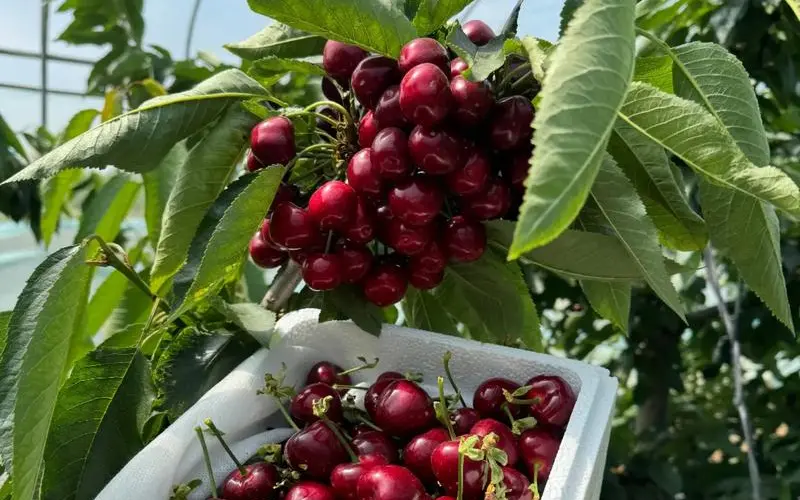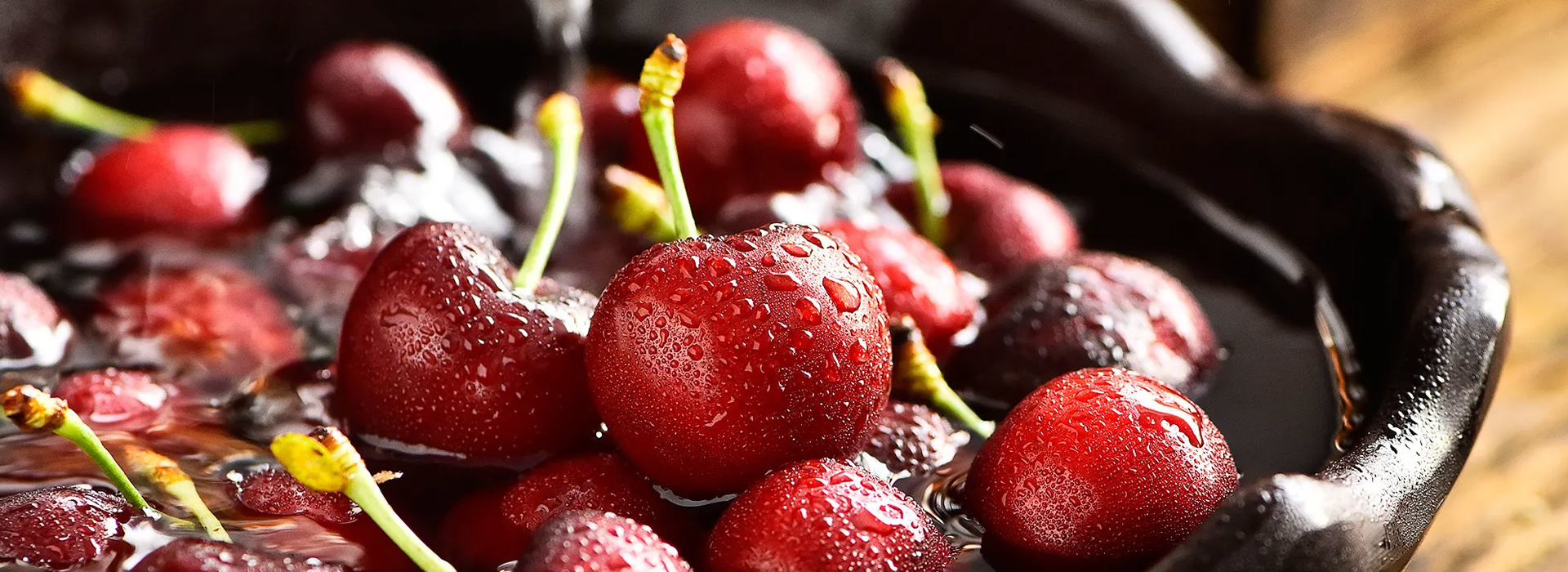What are the suitable soil types for growing Yantai cherries?
Release date:
2025-09-12
Yantai large cherries exhibit strong adaptability to various soil types, but to achieve high-quality, high-yield production, it’s essential to select soils that meet the specific needs of their root systems—soils that are well-aerated, yet avoid waterlogging, and thrive in slightly acidic to neutral environments. The ideal soil types and their key characteristics are outlined below:

Yantai large cherries exhibit strong adaptability to various soil types, but to achieve high-quality, high-yield production, it’s essential to select soils that meet the specific needs of their root systems—soils that are well-aerated, yet resistant to waterlogging, and thrive in slightly acidic to neutral environments. The ideal soil types and their key characteristics are outlined below:
1. Sandy loam soil (the optimal choice)
Soil characteristics: In the soil particle composition, the proportions of sand particles (diameter 0.05–2 mm) and clay particles (diameter < 0.002 mm) are well-balanced, combining the excellent aeration and drainage properties of sandy soils with the water- and nutrient-retention capabilities of loamy soils. The soil structure is loose, making it easy to till and cultivate.
Adaptation Advantage: Yantai's large cherries have shallow root systems (primarily distributed in the 20–40 cm soil layer). The loose, sandy loam structure of the soil allows roots to breathe freely, preventing root rot caused by soil compaction. At the same time, this type of soil effectively retains both moisture and nutrients, ensuring that the developing fruits receive adequate nourishment, thereby reducing the risk of fruit cracking and dropping. As a result, it has become the dominant soil type for cultivation in Yantai's production areas, such as the Fushan and Qixia hilly regions.
2. Light Loam Soils
Soil characteristics: The clay content is slightly higher than in sandy loam, yet the soil still retains its core feature of being "loose and well-aerated." It has superior water- and nutrient-retention capabilities compared to sandy loam. The soil pH typically ranges from 6.0 to 7.5 (slightly acidic to neutral), perfectly aligning with the acid-base preferences of Yantai's large cherries (which thrive best in conditions that avoid excessively acidic soils below 5.5 or highly alkaline soils above 8.0).
Adaptation advantage: Suitable for cultivation in the Yantai Plain or gently sloping areas, this crop effectively avoids the drawbacks of sandy soils—such as poor nutrient retention and susceptibility to drought—while also sidestepping the drainage issues common in heavy clay soils. Particularly during Yantai's rainy season in May and June, it helps minimize waterlogging in fields, reducing root exposure to prolonged soaking and lowering the risk of root rot.
3. Gravelly Soil (Suitable After Improvement)
Soil characteristics: The soil contains a certain proportion of gravel (diameter > 2mm), offering excellent aeration but relatively poor water and nutrient retention. It is predominantly found on slopes in the hilly and mountainous regions of Yantai.
Adaptation advantage: Requires improvement—such as incorporating well-rotted organic fertilizer and adjusting the gravel-to-soil ratio—to enhance its water- and nutrient-retention capabilities before planting. Its standout benefit is "exceptionally strong drainage," perfectly matching the "fear of waterlogging" trait of Yantai's large cherries. Additionally, the favorable ventilation conditions in mountainous, sloped terrain help minimize pests and diseases, making it ideal for cultivating high-quality fruit-producing areas (such as select mountain orchards in Penglai and Haiyang).
4. Humus Soil (for Auxiliary Improvement)
Soil characteristics: Rich in humus (organic matter content > 5%), the soil is loose and fertile, with a slightly acidic pH. It is commonly found in forested areas or around piles of well-rotted organic compost, though it rarely occurs in isolated patches.
Adaptation Advantage: The Yantai production area commonly uses humus soil as a "soil conditioner," mixing it with sandy or gravelly soils to boost organic matter content and enhance the soil's aggregate structure. This creates a superior root environment for young seedlings during transplanting or for rejuvenating mature trees, indirectly promoting improved fruit quality—such as enhanced sweetness and vibrant coloration.
Inappropriate soil types (to be avoided)
Heavy clay soil: High in clay particle content, it suffers from severe soil compaction, poor aeration, and inadequate drainage. During the rainy season, water easily accumulates, leading to root suffocation and decay; in dry seasons, the soil tends to crack sharply, snapping roots. Such conditions make it utterly unsuitable for cultivation.
Saline-alkali soil: pH value > 8.0. This can prevent roots from absorbing trace elements such as iron and zinc, leading to "iron-deficiency chlorosis"—a condition where leaves turn pale green, tree vigor weakens, and fruits become small with poor taste.
Pure sandy soil has extremely poor water- and nutrient-retention capabilities, making it prone to drought in summer and root damage from freezing in winter. It requires frequent watering and fertilizing, leading to high management costs, and fruits are likely to develop "uneven-sized fruit" due to the unstable supply of nutrients.
In summary, the core soil requirements for Yantai cherries are "loose and well-aerated, with excellent drainage, slightly acidic to neutral pH, and moderate ability to retain both nutrients and moisture." Sandy loam, improved light loam, and gravelly soils are the mainstream choices in Yantai's production areas, perfectly aligning with the region's hilly, gently sloping terrain as well as its climate—characterized by concentrated rainfall during the rainy season.
Tags:
Previous:
Previous page:
Share to



